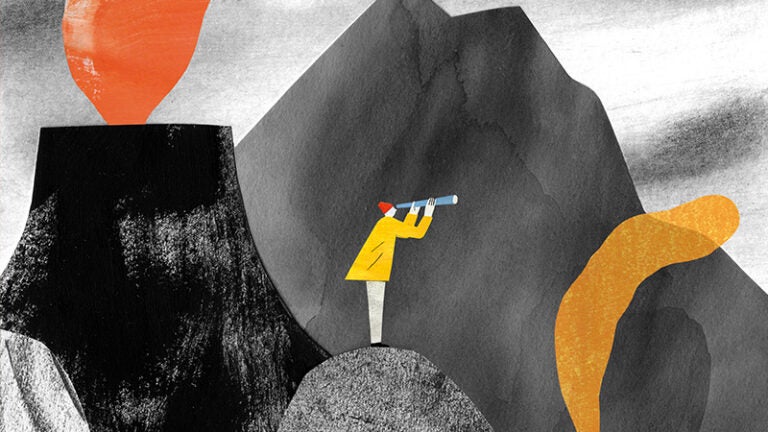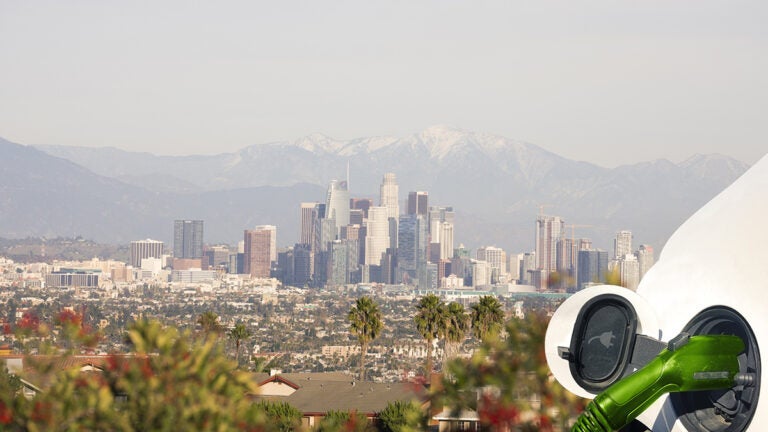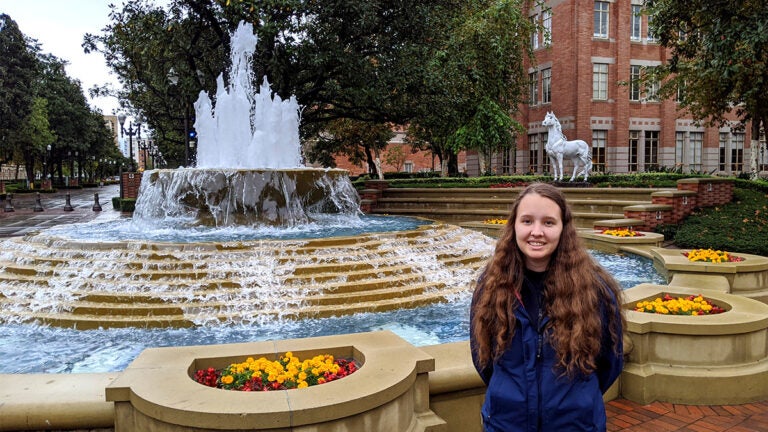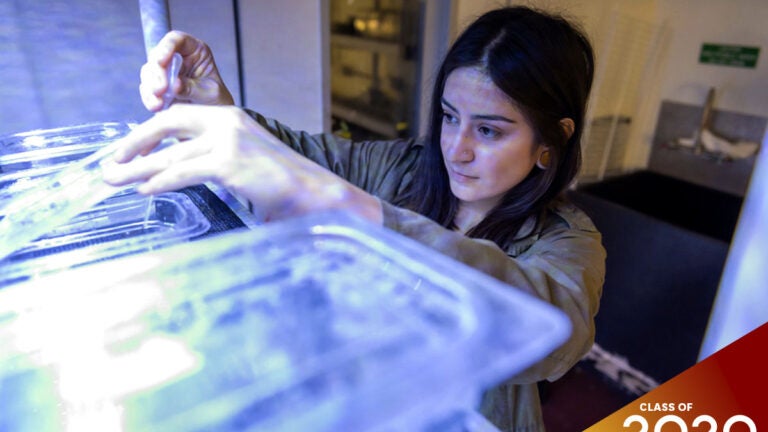As the climate crisis escalates, USC Dornsife experts are studying ways to quickly enact positive change and find a path to greener days.
USC Dornsife News
Marine microbiologist Doug Capone details the current understanding of the role nitrogen-fixing marine microbes play in the nitrogen cycle in his latest book. [5 min read]
Capturing carbon dioxide emissions helps slow climate change, and the captured CO2 could be used as materials for consumer goods. But is the public ready to accept those goods? [5½ min read]
We think of Southern California as arid and drought-ridden, but from 1861 to ’62, much of it was underwater after a series of deadly winter storms caused widespread devastation and flooding. USC Dornsife history scholar Will Cowan says it could happen again. [12¾ min read]
Despite widespread agreement among most Americans that climate change poses a threat, Washington has stalled on the issue. How do we move forward? [1½ min read]
The USC Dornsife-Union Bank LABarometer survey shows that the more L.A. County residents know about climate change, the more likely they are to adopt sustainable practices, but a majority remains unprepared for the threat it poses. The survey also found substantial changes in transportation patterns since the COVID-19 outbreak. [6½ min read]
Isabella O’Brien turned discarded oyster, clam and mussel shells into a means to deacidify ocean and lake waters. [4 min read]
Blooms of the toxic microbes can adversely affect marine life, seafood and water quality. Research funded by USC Sea Grant has found that climate change may make these events even more toxic. [4 ½ min read]
USC Dornsife senior Connie Machuca studies corals and anemones to understand how they respond to rising temperatures, acidification and other ocean-related issues linked to climate change. [4 min read]
Contact USC Dornsife News
Media Inquiries
Contact Ileana Wachtel








